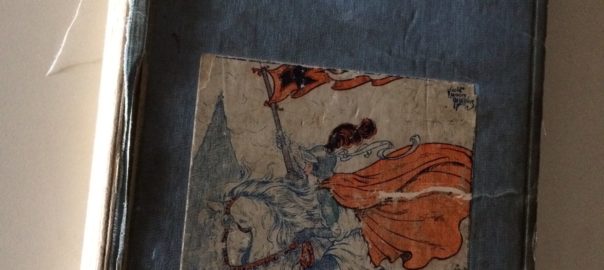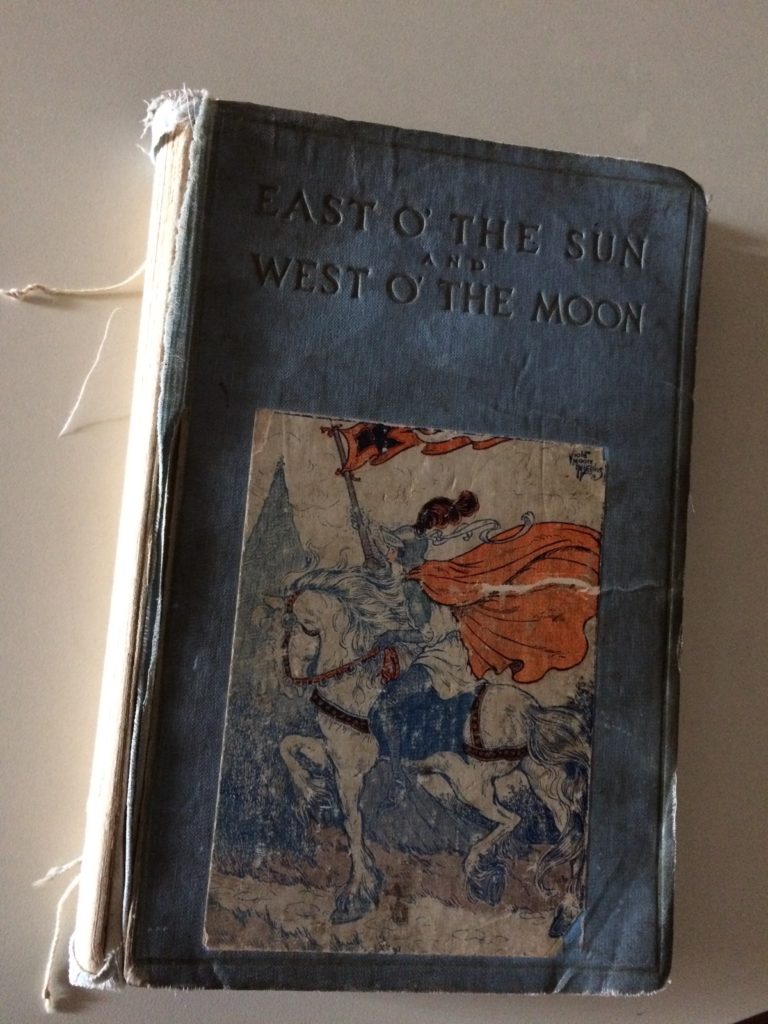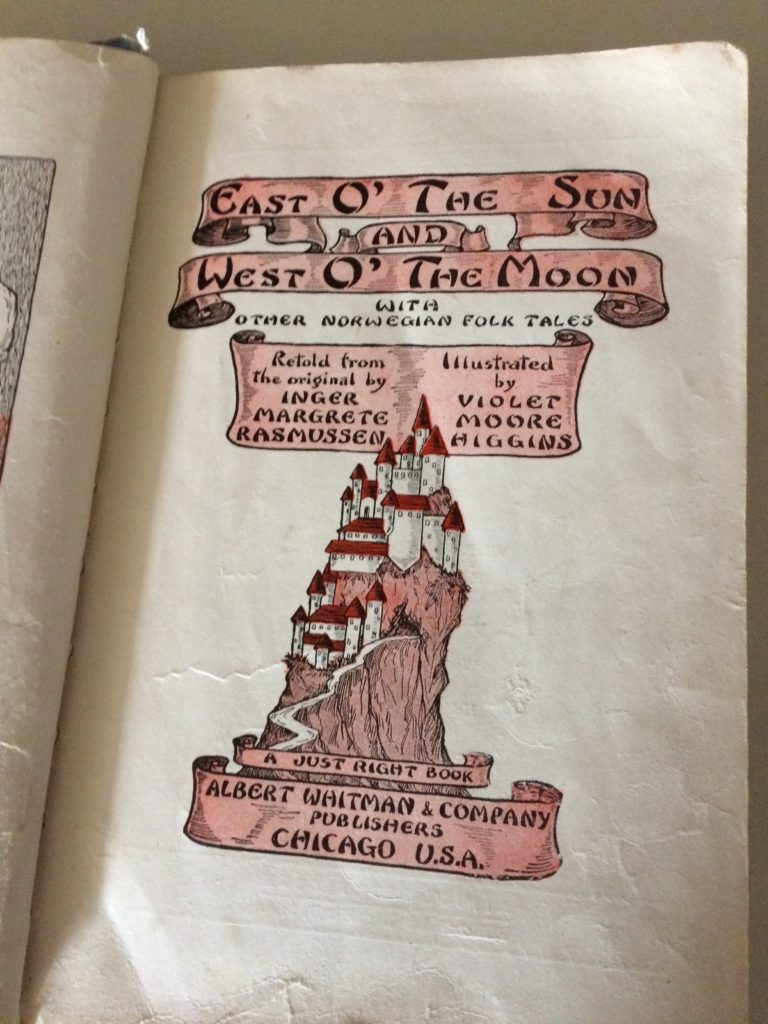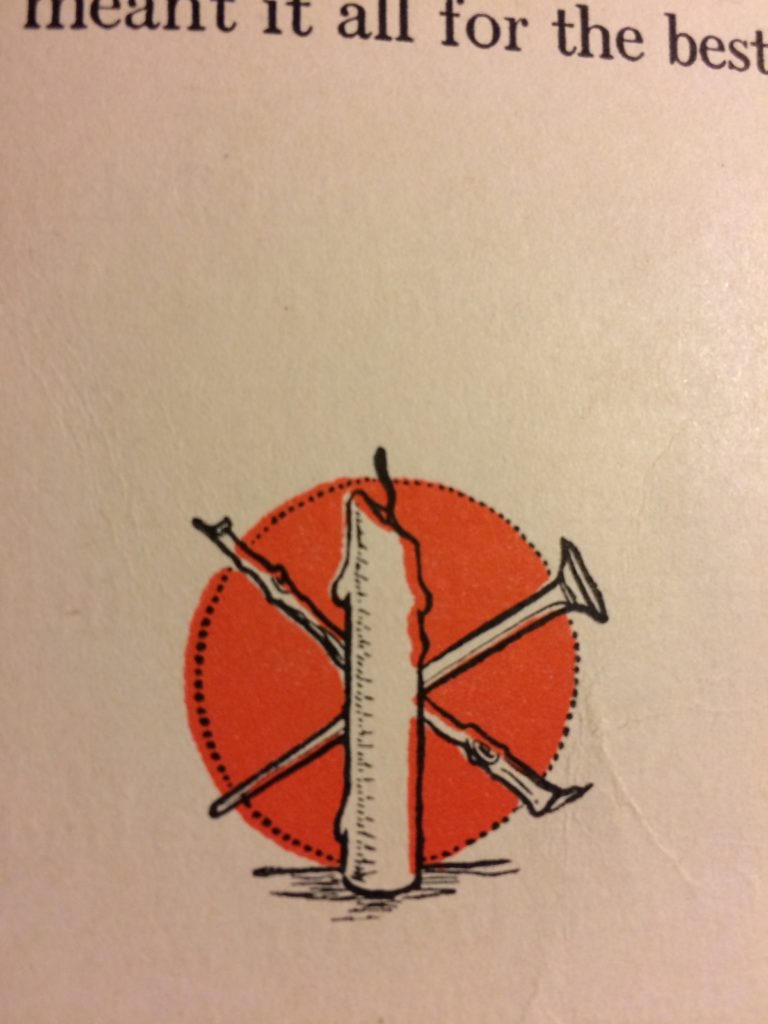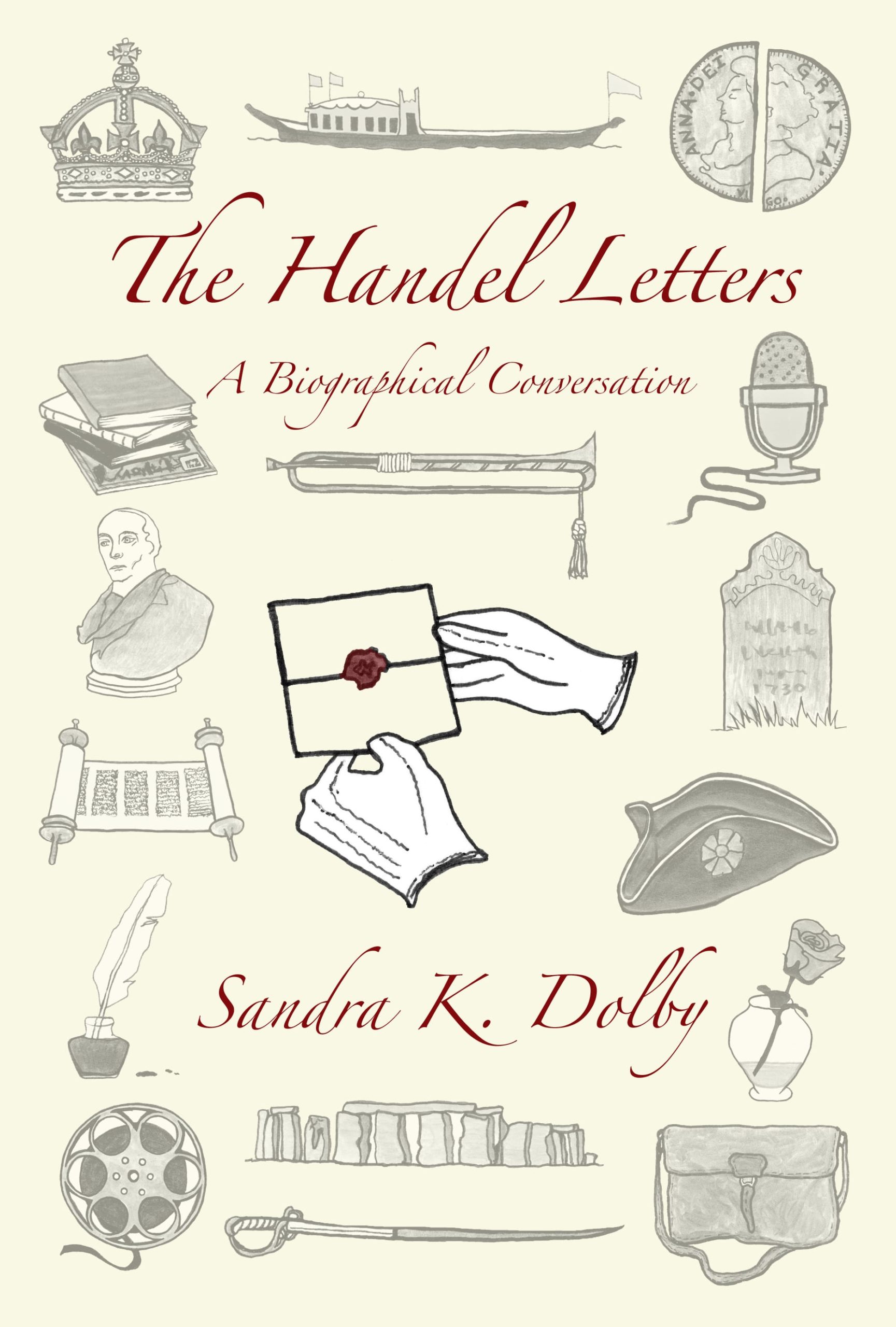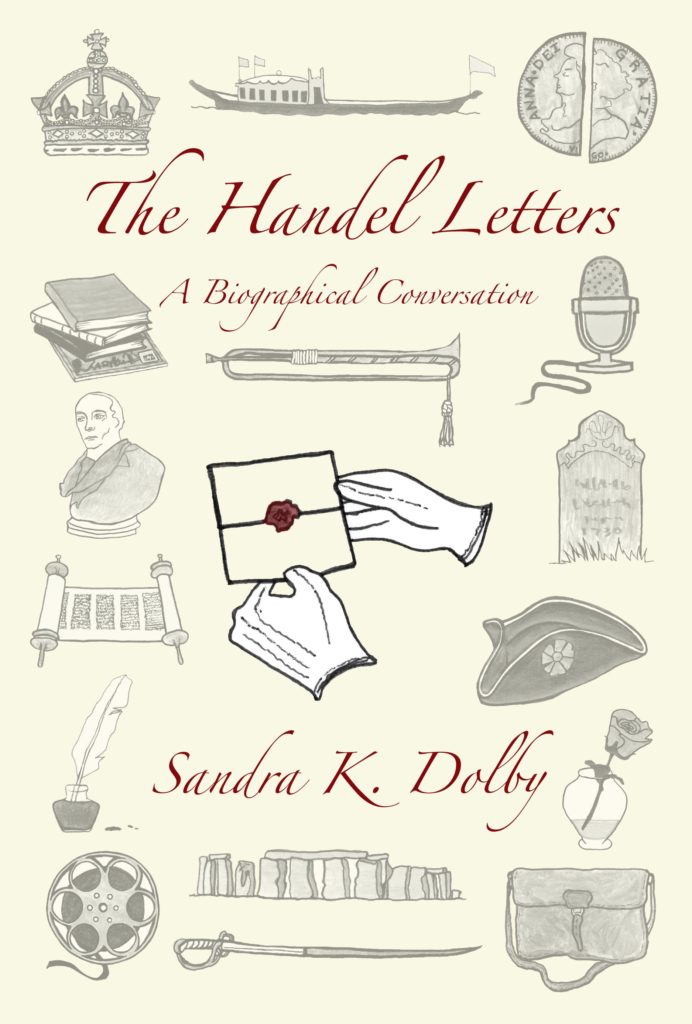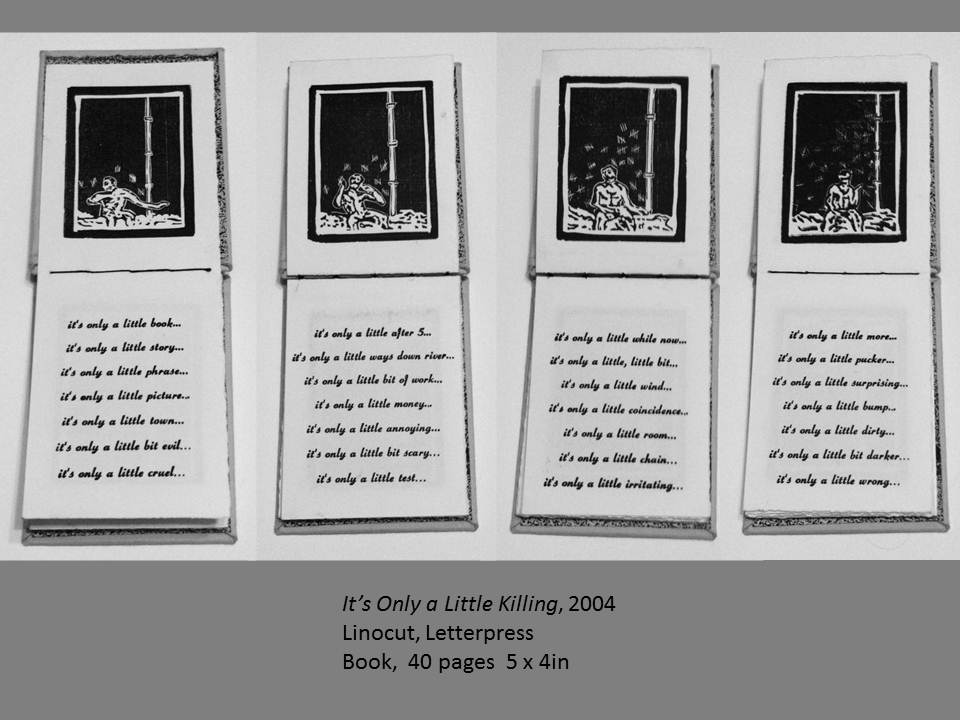We have looked at the cover art of The Handel Letters, and I have talked a little about why I chose to have illustrations at the head of each chapter. I’ll say more about those illustrations at another time and also explain the subtitle of the book—A Biographical Conversation. I warned you that I would be moving through the book from beginning to end, picking out things to comment on in this blog. So here I would like to say more about the page that follows the title page and the copyright and ISBN information—the dedication page.
There you learn that the book is “dedicated to the memory of Mr. Cloyde Slater and to all who have worked to keep Handel and his music alive, in our ears and in our hearts.” Thankfully, there are many, many people who have over the years kept Handel’s music alive, but I chose to mention one particular person—Cloyde Slater, my high school choir teacher and the director of the community chorus in my home town of Huntington, Indiana. Since this is Valentine’s Day, this is my little valentine to the teacher—just like those special “for my teacher” paper valentines always included in elementary school packages.
Cloyde Slater was a small man who always wore a suit. He had a good sense of humor and, obviously, a great deal of patience or he would never have lasted as a high school choir teacher. He served as organist and choir director at the Bethel United Methodist Church in Huntington until he died in 1993. He was born in Huntington in 1912, attended Manchester College, earning a BA in Music, and taught for many years at Huntington High School. During the 1960s and 1970s he directed the community chorus as it offered the annual performance of Handel’s Messiah. That was how I came to love Handel’s music—through Cloyde Slater’s inspiring instruction and leadership.
But he did much more for me than introduce me to Handel. I was a good student in high school, particularly enjoying the science classes, French, and literature. But my one extra-curricular or fun subject was choir. It met every day, and I enjoyed it immensely. I also sang with the Swing Choir and the Girls’ Sextet. In the context of daily choir practice, Cloyde Slater taught me nearly everything I know about how to sing. Because I was basically shy, it was both a challenge and a blessing to be required to sing—out loud—every day. I don’t believe I could ever have become a teacher and stand in front of a classroom if I had not learned first to sing with some confidence in front of other people. So, I have much to thank Cloyde Slater for.
I was in high school during the early 1960s, graduating in 1965. It was the folksong era, and I was a fan of Joan Baez and Judy Collins. The seeds were sewn for a later interest in folklore, obviously. My senior year Cloyde Slater asked me to sing a solo at our final concert. I had taught myself guitar, and I was both thrilled and scared to take the stage alone. But I made it through the concert—sang “Where Have All the Flowers Gone?” for my dad—one of his favorites. I also tried my hand a writing a few songs. I’ll attach one here that I wrote then—”Last Barrel Down.” I sometimes wonder what in the world was in my head as an 18-year-old. Ah well, I hope you enjoy it. Some friends helped me put it on a record (you know, vinyl) while I was at college. I called the album First Time Ever—how original, right? In any case, thanks, Cloyde Slater, for introducing me to Handel and for encouraging me to sing.
